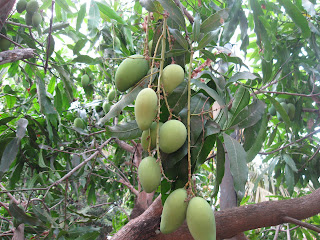My fond farewell to Goa University MSc (Botany) students (2011-13)
I used both black-board and well-illustrated/described power-point presentations, abundantly and continuously, as teaching aids. All ppts were given to the students as take-home reading material. Besides, mycology literature web-links were provided as additional reading materials. With assistance of research students, I conducted practical classes every week twice using freshly grown fungal specimens gathered from various habitats. The course was given in the first semester from July to October and being the rainy season, fungi were available in plenty in their best fruiting stages. We used pond water, decaying plant debris and moist-chamber incubated herbivore dung as continuous source of live fungi to study different taxonomic groups, at all the time. End of the semester, an illustrated and compiled lab-journal was submitted by each student. I took the students on a fungus-collecting field-trip to Cotigao Wildlife Sanctuary in Sept 2011 and observed that they are so eager to learn. It was a good opportunity for them to see the fungi growing on natural substrates such as live leaves (foliicolous), fallen decomposing plant-leaves (litter), tree trunks (including lichens) and even on running streams (aquatic fungi). The fungi gathered included mushrooms, puff balls, cup-fungi, earth stars and a variety of microfungi. Students brought the samples and examined in detail in subsequent lab sessions. Overall, the students did quite well in the course. None missed the classes.
This is a very fine batch of post-graduate students; very disciplined, good at learning and above all quite inquisitive about the subject. For reasons beyond my ability, we had no formal parting at Goa University at the time of my retirement. I take this opportunity to wish them good luck to forthcoming examinations and all well in their future endeavours.
D. Jayarama Bhat













































